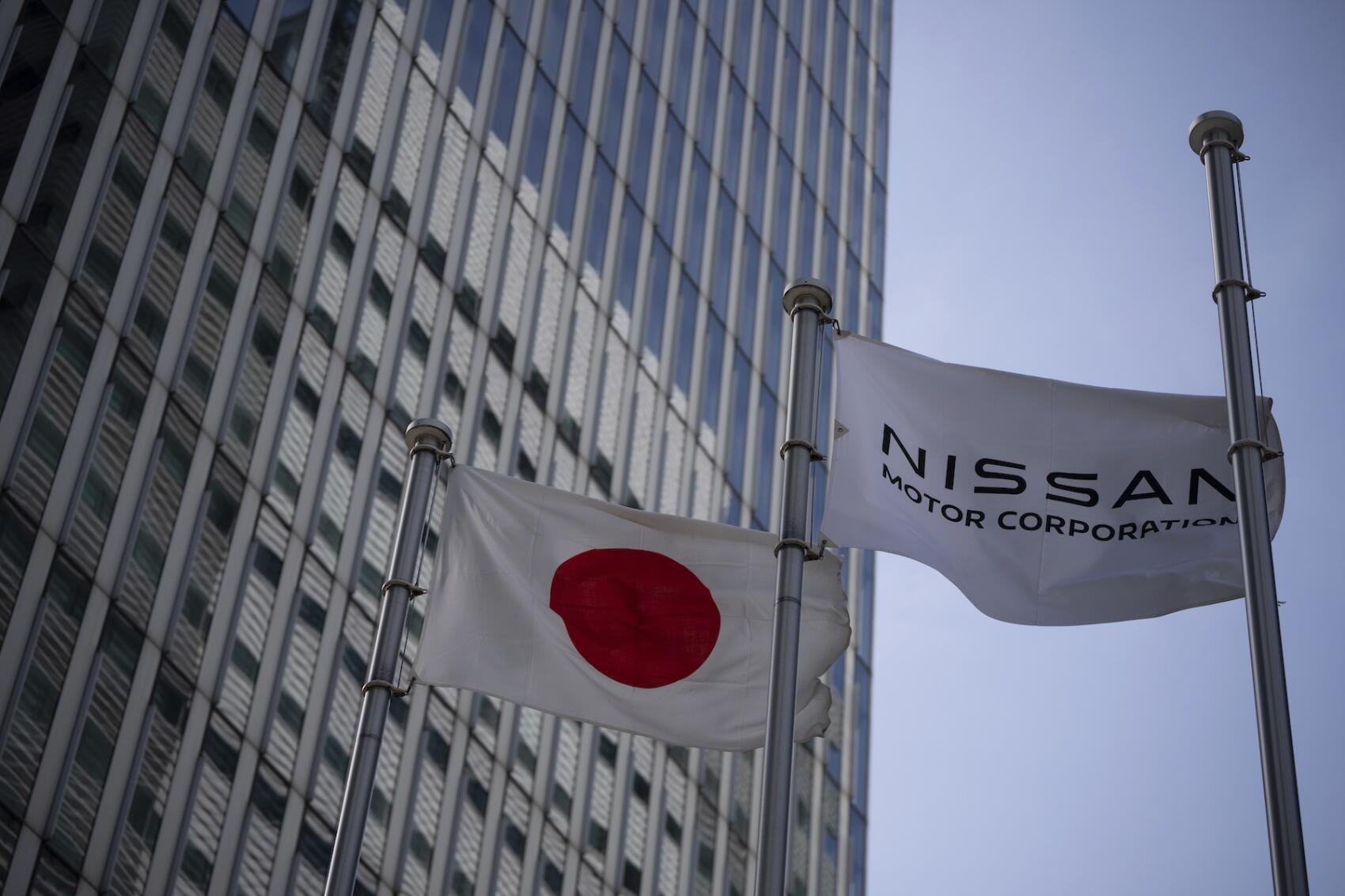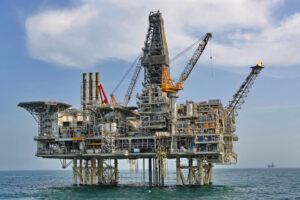Tokyo, 17 May, /AJMEDIA/
Nissan Motor Co is considering closing two plants in Kanagawa Prefecture as part of its restructuring plans, a company source said Saturday.
Japan’s third-biggest automaker by volume said earlier this week it will shut seven vehicle plants and cut 20,000 jobs globally after logging a net loss of 670.90 billion yen ($4.6 billion) for fiscal 2024.
The two plants are Nissan’s main Oppama plant in Yokosuka, where the company pioneered electric vehicle production, and the Shonan plant of its subsidiary Nissan Shatai Co in Hiratsuka, which builds commercial vehicles. Together, they account for about 30 percent of Nissan’s domestic production capacity.
Operating rates at the Oppama and Shonan plants are lower than at other domestic facilities due to sluggish sales of the models they produce, according to the source.
Whether the closures will go ahead remains uncertain, however, as the company has yet to hold talks with labor unions, parts makers or municipalities hosting the plants, the source said.
Later Saturday, Nissan said it “wants to clarify that this news is speculative and not based on any official information from the company,” referring to media reports about the potential closure of “certain plants.”
The two plants are Nissan’s last remaining factories for completed vehicles in Kanagawa, where the company launched its business in 1933. If closed, they would mark the automaker’s first plant shutdowns in Japan since the closure of its Musashimurayama facility in western Tokyo in 2001.
As for its overseas operations, Nissan has already announced it will close one plant in India and another in Argentina.
At a press conference on Tuesday to announce its financial results, Nissan, which has been grappling with poor sales in the United States and China, said it will reduce its total workforce by around 15 percent. It will also reduce its vehicle plants from 17 to 10 by fiscal 2027.
It also said it plans to shrink global output capacity, excluding China, by 30 percent to 2.5 million units by fiscal 2027, with the expectation that the cost-cutting measures will help it return to profitability by fiscal 2026.









































